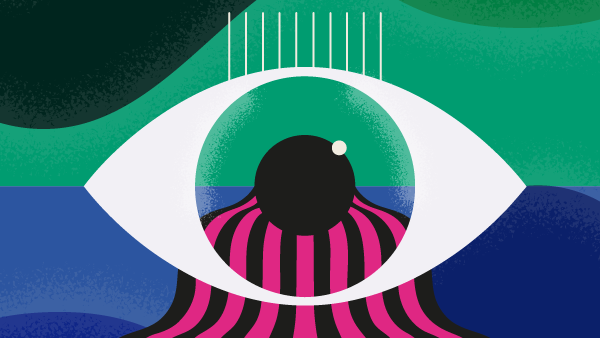You are viewing 1 of your 3 articles before login/registration is required
Prepping the Presbyope for the Path Ahead
Keeping presbyopia patients informed of all the treatment options – even ones that haven’t worked before – is key to managing expectations
In today’s information age, we spend much more time looking at digital devices than we did even a decade ago. And that’s why the symptoms and annoyances of presbyopia become clearer at a younger age and are affecting more patients on a daily basis than ever before (1).
Moreover, today’s generation of presbyopes demand more from their vision. They want to transition quickly and easily; for example, from activities like jogging to looking at a menu at a restaurant without having to carry multiple visual aids around with them.
As patients progress towards presbyopia, optometrists can help set their vision expectations for the next five to 10 years. I tell patients that treatment is not only a means to improve their ability to see clearly, but also about making them comfortable and able to perform well in their daily lives. I discuss all presbyopia treatment options – glasses, prescription therapeutics, contact lenses – as well as the flexibility of these treatments, their affordability, and their potential limitations. It also helps to give patients more realistic expectations of situations that they may begin to find more visually challenging, especially if their eyes are tired, such as adjusting to dimly lit restaurants or reading small print.
Keeping options open
The challenge in treating presbyopia in its early stages is that patients expect instant solutions. The key? Finding a balance that works for a specific patient for a particular period of time. And it’s an ongoing dialogue; even if a particular solution doesn’t help today, it might help in a year or two. And that’s why follow-up is extremely important; it gives us the chance to revisit options that we may have previously dismissed. By reminding our patients of previous conversations, we can review past treatment options, which helps patients keep thinking about solutions they might want or need to pursue. Indeed, patients are often more open to suggestions after a second or third conversation than they were on the first. Planting the seed, having the conversation early on, and continuing those conversations gives patients confidence in their eye care provider as a source of expertise and assistance to improve their quality of life.
Of course, each conversation is unique to each patient – based on their specific goals and expectations. Two patients with similar prescriptions and similar workspaces could require very different solutions for their presbyopia. An avid reader will have different goals to someone who dislikes reading. Patients who are active will want to transition from near activities, such as work, to more vigorous physical pursuits like cycling with comfort and ease.
One treatment option for presbyopia correction is over-the-counter reading glasses, which I tell patients are for general magnification and not specific to their particular fit or vision. But these won’t really work for patients who need to use the lenses for more than an hour or two per day. The next best option is a single-vision near prescription, which can be more precise for patients’ near vision needs, but doesn’t give a great deal of flexibility. Next, I recommend multifocal glasses, which give more flexibility in transitioning from far to near activities. Multifocal contact lenses are another great option and offer a different type of visual solution to that of glasses – they can be worn for all sorts of activities from work to hobbies.
The table below features case studies of different presbyopes – their current interests and needs, what I would recommend for them today, and what they might consider in five years’ time.
Providers need to keep up to date with the wide variety of options available to patients, including technological developments within the pharmaceutical and contact lens spaces.
Expanding your repertoire of options – and knowing about the novel therapeutics and techniques – can only ever benefit your practice and your patients.
Reference
- AK Lema, EW Anbesu, “Computer vision syndrome and its determinants: a systematic review and meta-analysis,” SAGE Open Med. 10 (2022). PMID: 36518554.
The New Optometrist Newsletter
Permission Statement
By opting-in, you agree to receive email communications from The New Optometrist. You will stay up-to-date with optometry content, news, events and sponsors information.
You can view our privacy policy here
Most Popular
Sign up to The New Optometrist Updates
Permission Statement
By opting-in, you agree to receive email communications from The New Optometrist. You will stay up-to-date with optometry content, news, events and sponsors information.
You can view our privacy policy here
Sign up to The New Optometrist Updates
Permission Statement
By opting-in, you agree to receive email communications from The New Optometrist. You will stay up-to-date with optometry content, news, events and sponsors information.
You can view our privacy policy here







